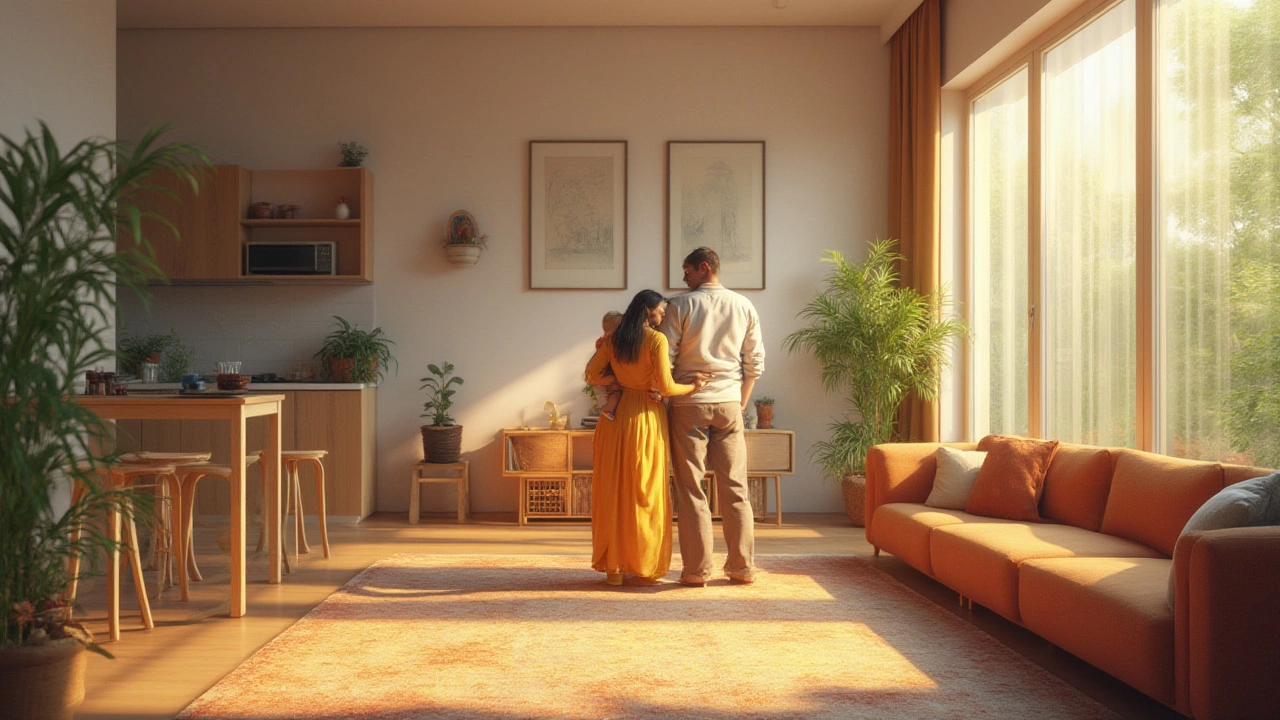Flat Types Explained: A Practical Guide to Apartment Layouts
Thinking about a new place but not sure what "flat type" actually means? You’re not alone. Real estate ads love throwing terms like "2‑room" or "3DK" at you, and it’s easy to feel lost. In this guide we break down the most common flat types, explain what each layout offers, and give you quick tips to pick the right one for your lifestyle.
Common Flat Types You’ll Meet Every Day
Studio (or 1‑room) flat: Everything lives in one open space – bedroom, living area, kitchen – with a separate bathroom. Perfect if you want low rent and minimal upkeep. The trade‑off is limited storage and no real separation between sleeping and living zones.
1‑BHK / 1‑Bedroom flat: Adds a dedicated bedroom to the studio layout. You still get an open‑plan living‑dining‑kitchen area, but you gain privacy. Ideal for couples or single professionals who need a quiet sleeping spot.
2‑room apartment: Often called a 2BHK. It includes two separate rooms – typically a bedroom and a second room that can be an office, guest room, or extra storage. If you work from home or have a partner needing their own space, this is a solid middle ground.
3‑room flat (3BHK): Three distinct rooms give you flexibility – think two bedrooms plus a study or a larger family. Rent goes up, but the extra room can pay off in comfort and resale value.
3DK apartment: A Japanese term that stands for three rooms (D = dining, K = kitchen). The three rooms are usually bedrooms or a mix of bedroom and living area, while the kitchen and dining are combined. If you’re eyeing a property in Japan or a development that borrows the label, know that the kitchen isn’t separate – you’ll share the space with dining.
How to Choose the Right Flat Type for You
Start with your daily routine. Do you need a dedicated work‑from‑home zone? If yes, aim for at least a 2‑room flat so you can set up an office without sacrificing bedroom space. If you’re a minimalist who never cooks, a studio might actually save you money.
Think about future plans. A couple planning kids will benefit from an extra room for a nursery or a home office later on. A 3‑room flat gives you that breathing room without forcing an upgrade later.
Check the square footage. Bigger flats don’t always mean better layouts. A well‑designed 600 sq ft 2‑room can feel more spacious than a clunky 800 sq ft 3‑room with narrow hallways. Look for open‑plan designs, good natural light, and storage built into the walls.
Budget matters, too. Rent and utilities rise with size, but sometimes a slightly larger flat reduces heating or cooling costs because of better insulation. Use a simple calculator: add rent, estimated bills, and any extra fees to see the true monthly cost.
Lastly, visit the flat in person. Walk through each room, picture where your furniture will go, and ask the agent about noise levels and layout quirks. A quick “do you get enough sunlight in the bedroom?” can save you weeks of regret.
Flat types are just a shortcut to describe how space is divided. Once you know what each label means, you can match a layout to your lifestyle, budget, and future plans without feeling confused by real‑estate jargon. Happy hunting!
What Is a 3i Flat? Types, Features, and Buyer’s Guide
by Arjun Mehta Jul 30 2025 0 ApartmentsEver wondered what a '3i flat' really means? Find out what sets this layout apart, what buyers gain, and tips for choosing the right 3i flat for your needs.
READ MORE